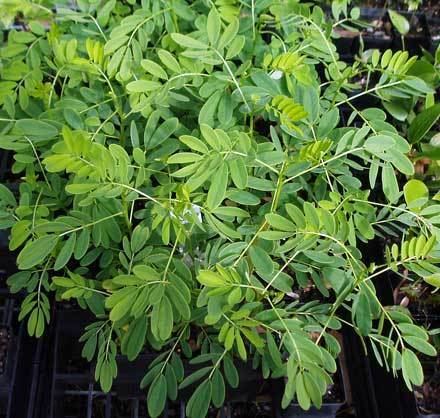Rank Species | ||
 | ||
Similar Senna gaudichaudii, Senna armata, Senna wislizeni, Senna odorata, Senna bacillaris | ||
Senna acclinis, the rainforest cassia or brush senna, is a flowering plant belonging to the Senna genus. The plant grows natively in New South Wales and Queensland in limited areas, where it has been classed as an endangered species.
Contents
Distribution and habitat
Senna acclinis is only endemic and is restricted to only the eastern coastlines of New South Wales and into Queensland. They grow in or on the edges of subtropical and dry rainforests. The plant is distributed in several subregions, including Barrington, Karuah Manning, Mummel Escarpment, Wyong, and Yengro.
The species has been classed as endangered by the NSW Threatened Species Conservation Act. The main threats to S. acclinis are clearance of habitat for development, introduced and invasive species of weeds, timber harvesting activities, and accidental removal during weed-control programs.
Description
Senna acclinis, a shrub, can grow to a maximum height of 3 m (10 ft) tall. Leaves are usually 15 cm long, each with as many as six pairs of oval-shaped leaflets around 15 mm in length along the central spine. A gland occurs between the lower one to four pair of leaflets. Flowers on the shrub are golden-yellow coloured, in groups of two to five flowers on a stalk. Seed pods are long and narrow, usually 12-15 cm in length, and 6-8 mm wide. S. acclinis can be mistakenly identified as other introduced Senna species, which are only environmental weeds.
Ecology
Senna acclinis is known to be a pollination plant for several insect species, including native bees and the jack-jumper ant Myrmecia nigrocincta, which has been recorded several times visiting the flowers of S. acclinis. Flowers sprout during springs and summer.
